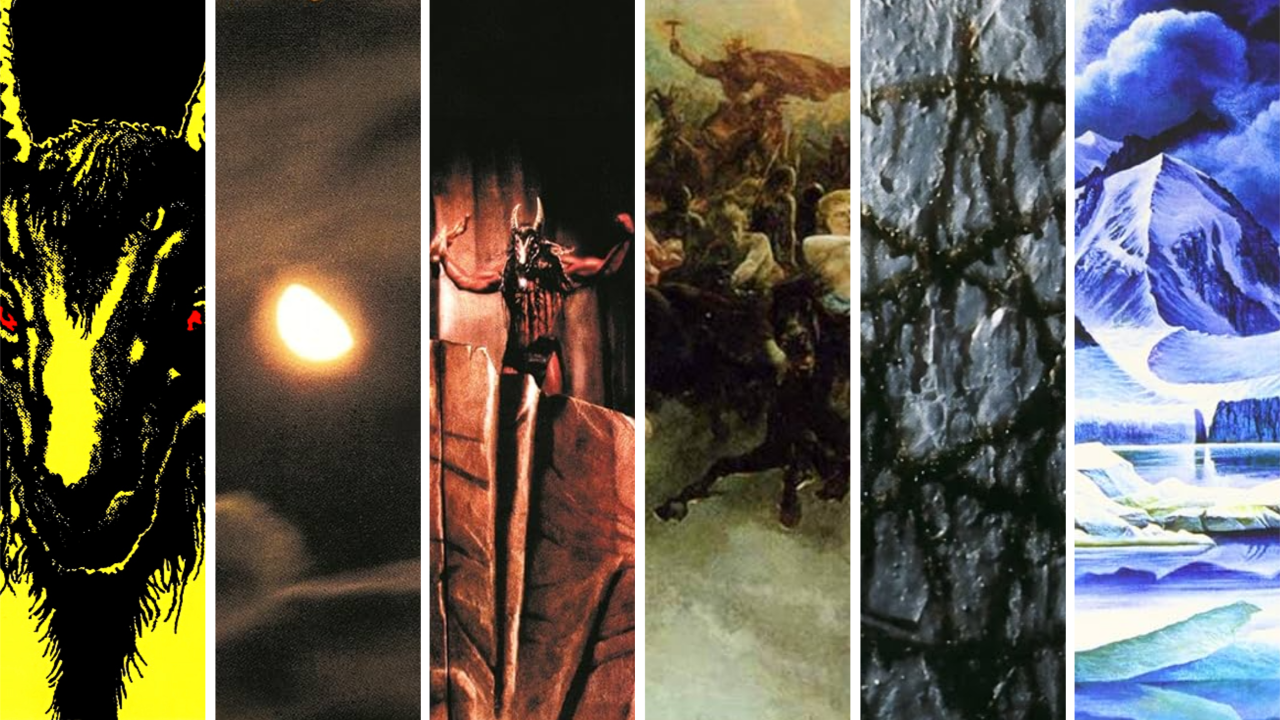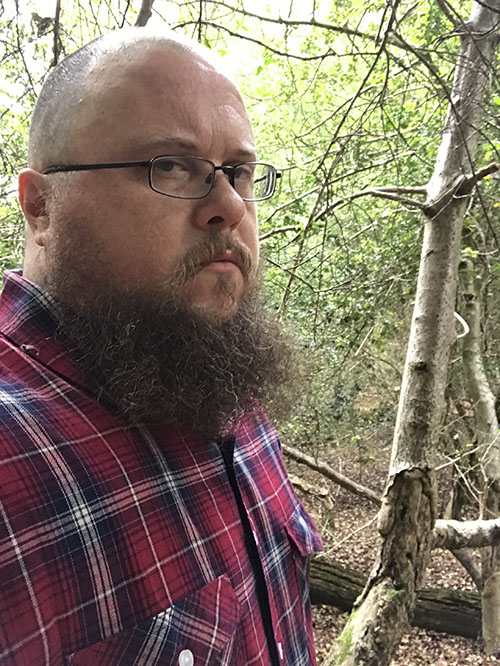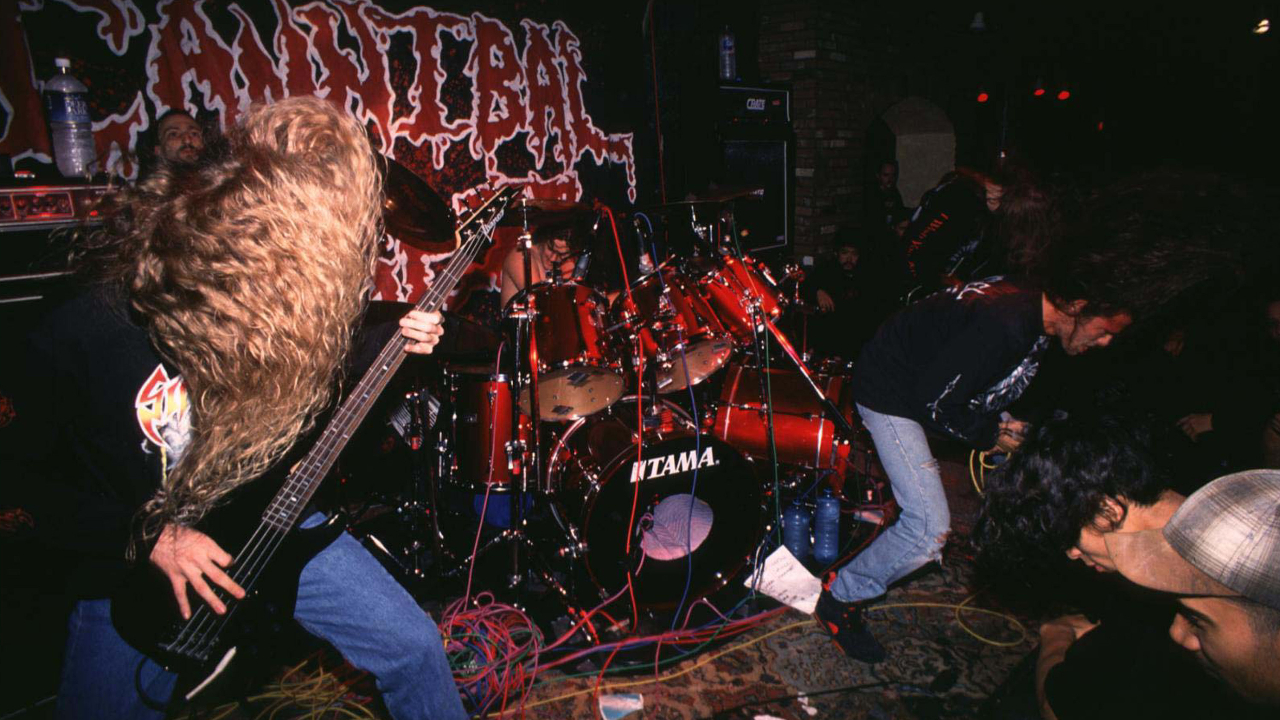Every Bathory album ranked from worst to best
They remain one of the most innovative and influential bands in extreme metal, but there can only be one Bathory magnum opus…

2024 marks two vital anniversaries for Bathory. It’s been 40 years since the cult icons’ eponymous debut, a cornerstone of Swedish extreme metal, and 20 since the untimely death of Thomas “Quorthorn” Forsberg: the outfit’s venerated multi-instrumentalist frontman.
To celebrate the black metal progenitors’ legacy and commemorate their leader, Metal Hammer has taken a discographic overview of an extraordinary career, virtually unrivalled for underground innovation and influence.

11. Octagon (1995)
Making Lars Ulrich’s trash-can snare on St Anger sound like the height of audial sophistication, Quorthon here seemed happy to tread water as a third-division ’90s thrash act. Octagon attempted to distract from the watered-down Slayer riffs with scrappy elements of industrial and hardcore, plus mortifyingly inane “Eat my shit/Suck my dick” lyrics. This was a cringeworthy, clodhopping rush job, plainly unworthy of Bathory’s Old English Gothic logo.
10. Requiem (1994)
A laudable attempt to bring visceral aggression back to the Bathory sound after the melancholy of Twilight Of The Gods, Requiem was not without its rattle-headed thrash thrills. However, the dehydrated production rendered the drums as toy pneumatic drills, while Quorthon’s phoned-in yelp sounded less like a dangerous beast, more like a trapped terrier. Several frantic riffs had heads-down potential, but the majority got stuck in mundanity.
9. Destroyer Of Worlds (2001)
By 2001, Quorthon was acutely aware that Bathory’s fanbase had divided into two distinct camps: the black/thrash extremists and the viking cohort. Attempting to please both, he pleased neither with this well-meaning but unsatisfying compromise. The first three songs were windswept doomy beauties, but the more basic, aggressive material and stabs at millennial groove trends sounded rather ungainly and immemorable. And nobody needed a Bathory song about ice hockey.
8. Nordland I & II (2002 & 2003)
Initially released as two separate albums, but quickly repackaged as an inevitable double-platter, the Nordland recordings were a heart-warming reassertion of Bathory’s most epic skillset, with the best production of the whole oeuvre. There is that slight Load/Reload feeling that we’d be better off with one disc compiling the strongest songs from each, but since Quorthon’s premature death in 2004, the Nordlands have rested comfortably as the valediction of a remarkable talent.
7. Twilight Of The Gods (1991)
Quorthon’s melodic vocals found full naked expression on these towering, grandiloquent Wagnerian anthems. Softer and sadder than Hammerheart, Bathory’s viking era was increasingly suffused in po-faced romantic heroism, folky acoustic plucking and choral chant harmonies. Tempos level out at a stately plod, making this the most epic doom entry in the Bathory canon, albeit containing some slightly overstretched material.
Sign up below to get the latest from Metal Hammer, plus exclusive special offers, direct to your inbox!
6. Blood On Ice (1996)
Perhaps the liveliest, most versatile LP of Bathory’s viking era, Blood On Ice was originally created between Blood Fire Death and Hammerheart. However, Quorthon felt it too big a departure to present to the Bathory hordes. Not just a narrative concept album, more a soundtrack for an unmade movie saga, this shamelessly Manowar-like opus contained some all-time great material. The Woodwoman especially nailed everything that made this era so magical.
5. The Return…… (1985)
Bathory’s debut had retained some degree of fun-time rock ’n’ roll, which Quorthon promptly set about eradicating on this apocalyptically dark follow-up. Utilising a professional studio – yet somehow coming away with an even harsher, colder, murkier sound – the riffs reached for more sinister, ghoulish motifs, while the solos evoked tormented souls in Hell. Demonic vocal effects intensified the occult horror ambience, although Quorthon’s foetid croak already did that all by itself.
4. Bathory (1984)
Although Venom, Slayer, Motörhead and GBH clearly had their hooks in the 18-year-old Quorthon at this formative stage, Bathory’s debut was an attempt to up the ante. It pushed its tempos beyond drummer Stefan Larsson’s capabilities, while its vocals were a blood-gargling death rattle. Hastily retched up in a garage near Stockholm, toxic noise attacks like Necromansy, Reaper, Sacrifice and War were so shockingly raw and chaotic nobody was sure if this was speed, thrash, punk, death or black metal – or all five.
3. Hammerheart (1990)
Out came the crashing waves, squawking seabirds, ancient faraway chants, tumbling acoustic chords and ghostly choral synths, celebrating the arrival of viking metal as a fully-fledged subgenre. Going as full-beam for the Norse mythological theme as he did for the satanic bit, Quorthon here constructed a mighty, evergreen opus, immersive giants like Shores In Flames, Baptised In Fire And Ice and One Rode To Asa Bay laying down cast-iron templates for new pagan scenes.
2. Under The Sign Of The Black Mark (1987)
After two albums, Quorthon finally unleashed the world’s first true black metal masterwork. He nailed everything with such definiteness that this recording became the go-to blueprint for every panda-faced Norwegian ne’er-do-well five or six years later. But, for all the haunting atmospherics, Under… crucially advanced Quorthon’s songwriting, with ravenous earworms like Equimanthorn, plus the seductive Woman Of Dark Desires and the sombre Enter The Eternal Fire.
1. Blood Fire Death (1988)
This is where the wider world finally took notice: the loud title, stunning artwork, richer production and heightened musicianship made Bathory impossible to ignore. The intense, blasting thrash of Holocaust and Dies Irae felt slightly more mature and accessible (but no less vicious), although Blood… was perhaps most notable for its gargantuan, viking-centric bookends. A Fine Day To Die and the closing title track introduced a new set of innovations, pointing the way to more epic vistas, but the balance here was already perfect.
Chris has been writing about heavy metal since 2000, specialising in true/cult/epic/power/trad/NWOBHM and doom metal at now-defunct extreme music magazine Terrorizer. Since joining the Metal Hammer famileh in 2010 he developed a parallel career in kids' TV, winning a Writer's Guild of Great Britain Award for BBC1 series Little Howard's Big Question as well as writing episodes of Danger Mouse, Horrible Histories, Dennis & Gnasher Unleashed and The Furchester Hotel. His hobbies include drumming (slowly), exploring ancient woodland and watching ancient sitcoms.

